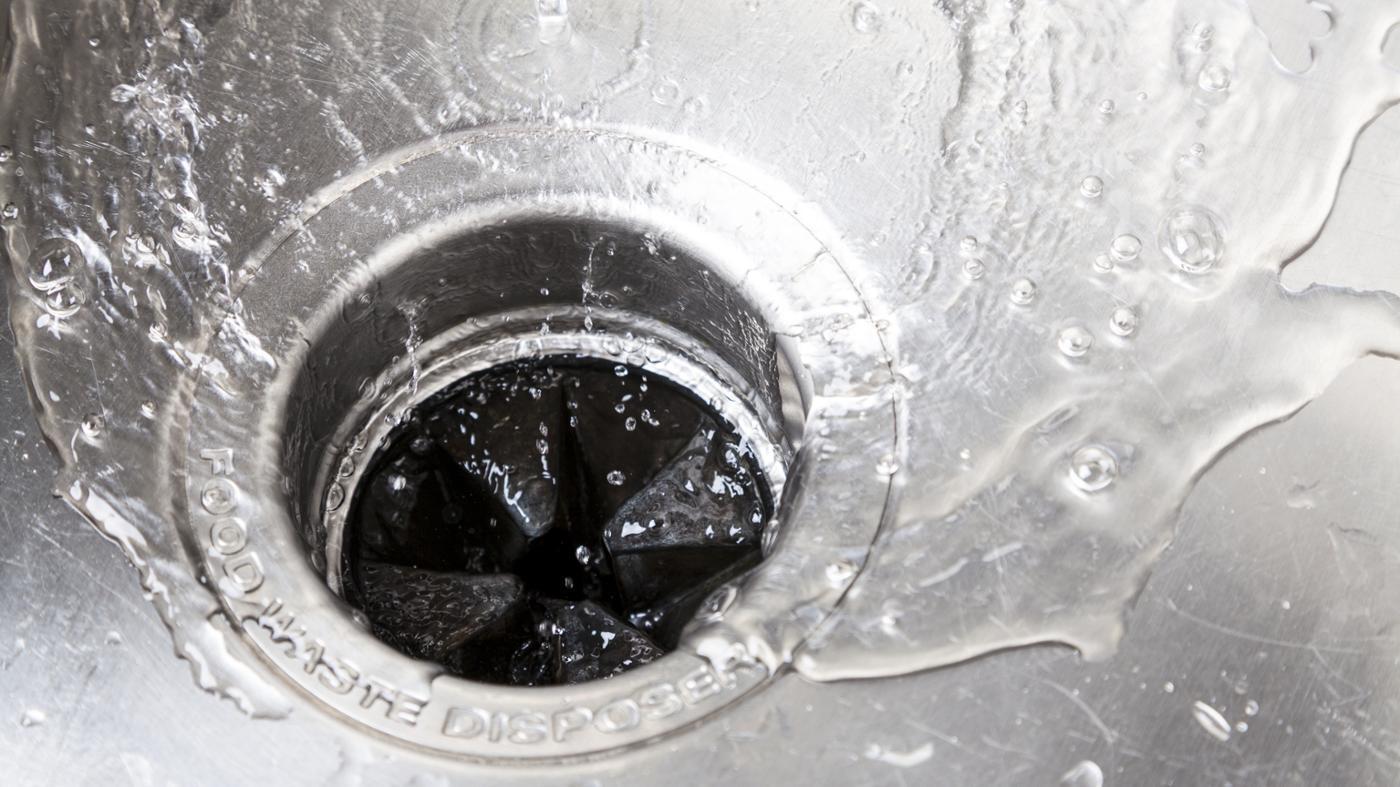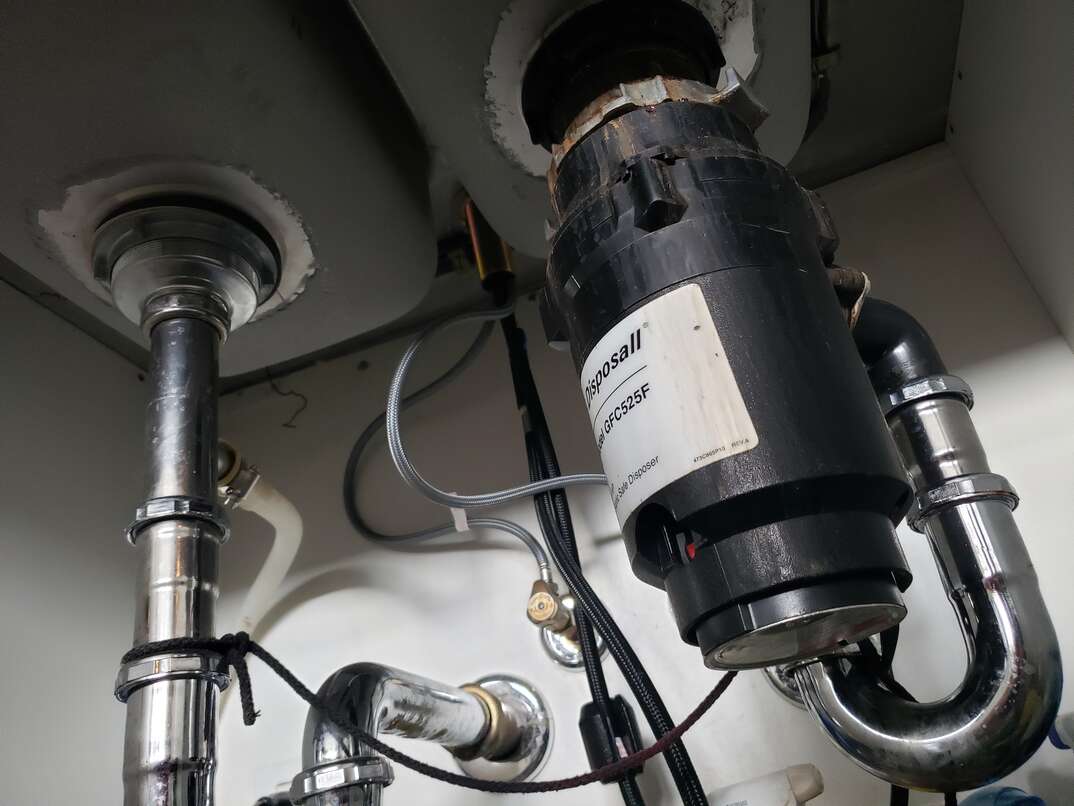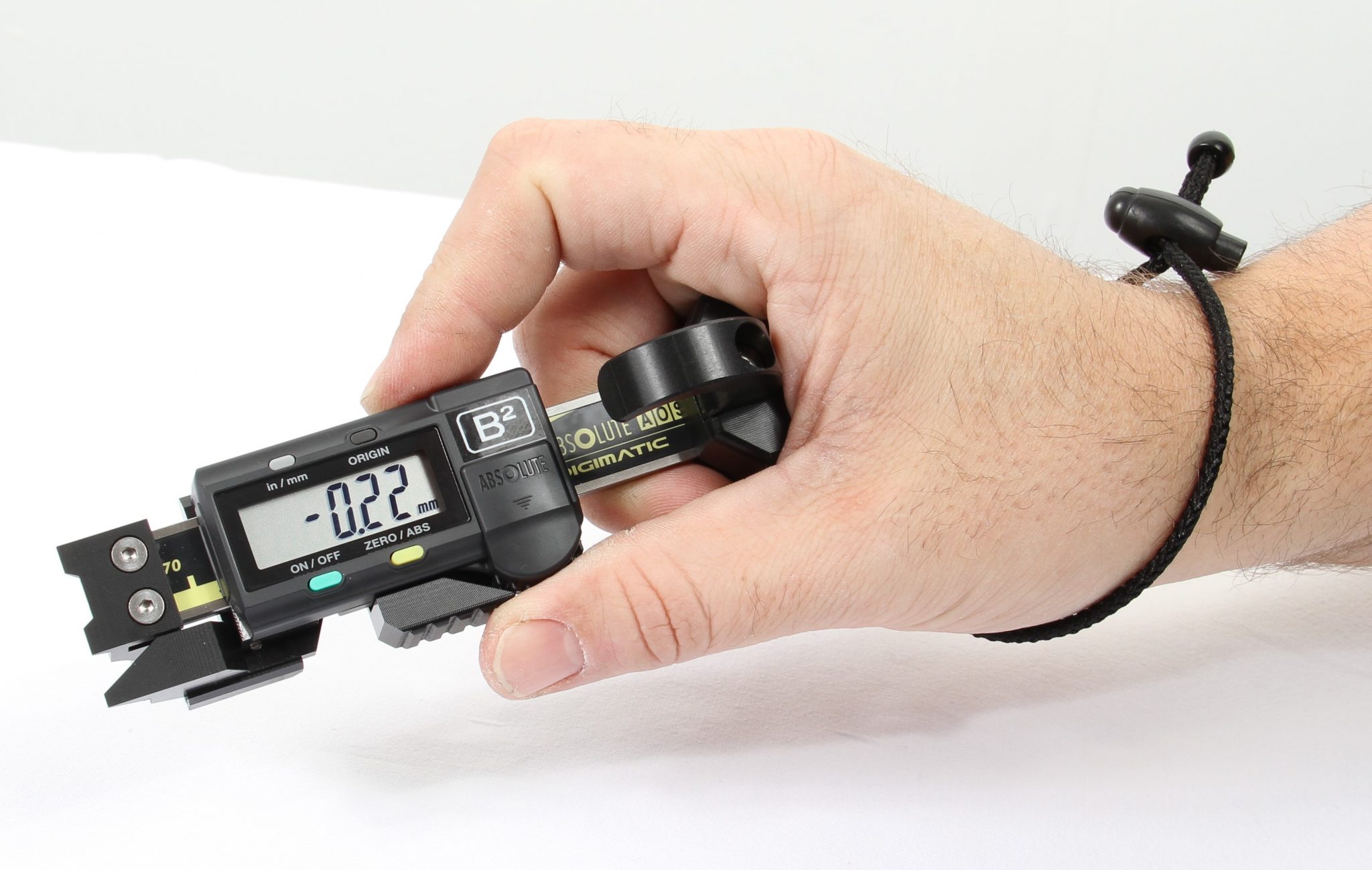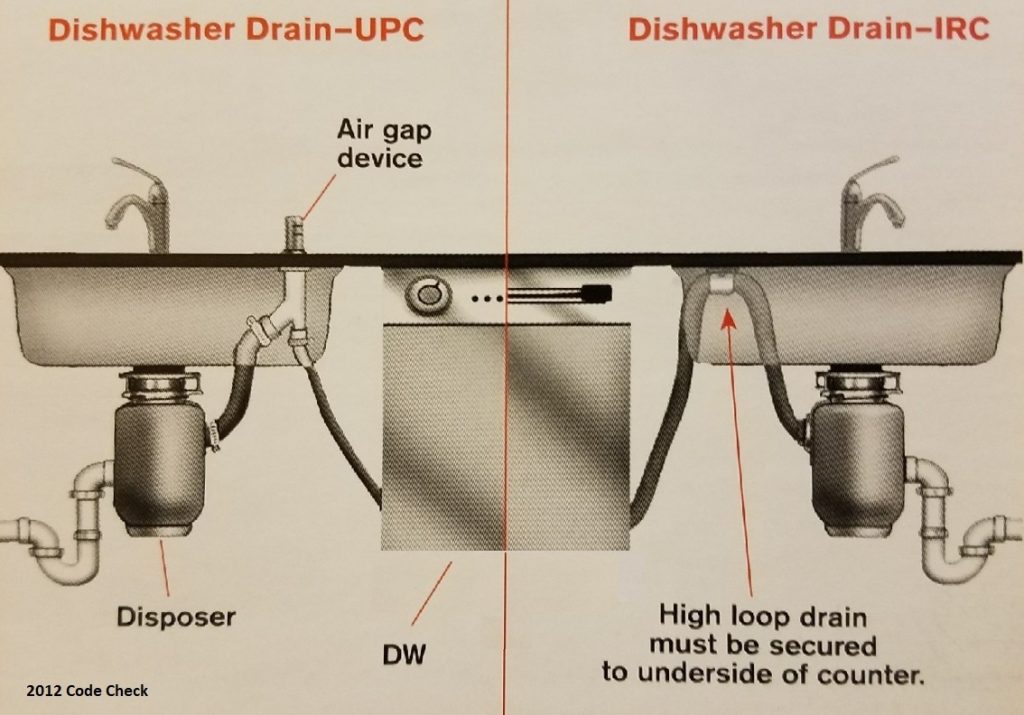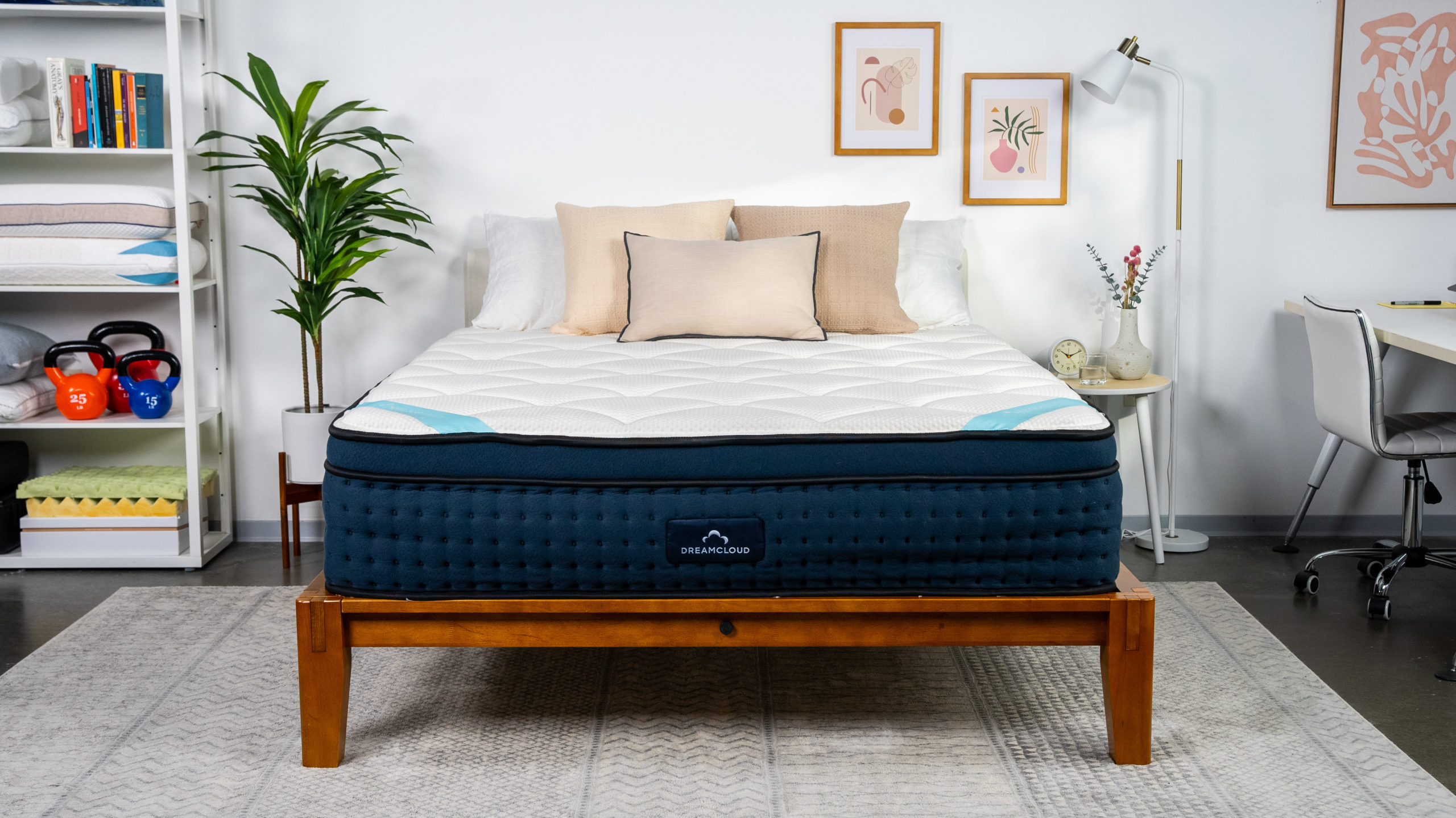If your kitchen sink won't drain and there doesn't seem to be a clog, the first thing you should check is your garbage disposal. This powerful appliance is responsible for grinding up food waste, but it can also become clogged or malfunction over time. To check if your garbage disposal is causing the issue, first turn off the power to it by unplugging it or flipping the switch on the circuit breaker. Then, use a flashlight to look inside and see if there is any visible debris or clogs. You can also try using tongs or pliers to remove any large particles that may be stuck inside. If the disposal appears to be clear, you may need to call a professional to repair or replace it.Check the garbage disposal
Another common cause for a kitchen sink not draining is a clogged or faulty drain stopper. This is the small plug that sits in the drain and can be pushed up or down to allow water to flow or stop it from draining. Over time, hair, soap scum, and other debris can build up and prevent the stopper from moving properly, resulting in a clogged sink. To check if this is the issue, remove the stopper and clean it thoroughly. If it still doesn't move smoothly, you may need to replace it.Check the drain stopper
The P-trap is the curved pipe underneath your sink that is designed to catch debris and prevent it from clogging your pipes. However, this trap can also become clogged itself, leading to a slow or non-draining sink. To check the P-trap, place a bucket underneath it and unscrew the two nuts holding it in place. Carefully remove the trap and clean out any debris. If the trap appears to be clear, the issue may be further down in the pipes, and you may need to use a drain snake to clear it out.Check the P-trap
The vent pipe is an essential part of your kitchen plumbing system that allows air to escape and maintain proper water flow. If this pipe becomes clogged, it can cause your sink to drain slowly or not at all. To check the vent pipe, go to your roof and look for the small pipe protruding from your kitchen. Use a flashlight to check for any visible blockages, and if you see any, try using a plumber's snake to remove them. If the issue persists, you may need to call a professional to clear the vent pipe.Check the vent pipe
If none of the above solutions have worked, it may be time to use a drain snake. This tool is designed to reach deep into your pipes and remove any clogs or debris that may be causing your sink not to drain. You can purchase a drain snake at most hardware stores and follow the instructions on the package to use it properly. If you are uncomfortable using a drain snake, it is best to call a professional plumber to avoid causing further damage to your pipes.Check the drain snake
Believe it or not, your dishwasher could be the culprit behind your kitchen sink not draining. If your dishwasher is connected to the same drainage system as your sink, a clog or malfunction in the dishwasher can cause water to back up and prevent your sink from draining properly. To check if this is the issue, run your dishwasher and see if the water drains properly. If it doesn't, you may need to clean or repair your dishwasher or call a professional to do so.Check the dishwasher
If your kitchen sink won't drain and you've exhausted all other possibilities, the issue may lie in your main sewer line. This line connects your home's plumbing to the city's sewage system, and if it becomes clogged or damaged, it can cause issues with all of your home's drains, including the kitchen sink. To check if this is the problem, you will need to call a professional plumber who can use specialized equipment to inspect and clear the main sewer line.Check the main sewer line
Believe it or not, the water level in your sink can also affect its ability to drain properly. If the water level is too high, it can create a vacuum, preventing water from flowing through the pipes. To fix this issue, try running hot water in the sink for a few minutes to see if it will drain. If it does, you may need to adjust the water level or clean the sink thoroughly to remove any debris that could be causing the problem.Check the water level in the sink
Another potential source of a kitchen sink not draining is the air gap. This is a small, decorative device that sits on your sink and prevents water from backing up into your dishwasher. If the air gap becomes clogged, it can cause water to back up into your sink instead, making it appear as though there is a clog. To check if this is the issue, remove the air gap and clean it out thoroughly. If the problem persists, you may need to replace the air gap entirely.Check the air gap
Finally, it's essential to check the overflow holes on your sink. These are the small holes located near the top of the sink that allow water to drain if the main drain becomes clogged. Over time, these holes can become clogged themselves, leading to a slow-draining sink. To check and clean the overflow holes, use a small brush or toothpick to remove any debris. If they are clear, the issue may be something more significant, and you should call a professional for assistance. If your kitchen sink won't drain and there doesn't seem to be a clog, try these ten steps to troubleshoot and fix the issue. Remember, if you are uncomfortable or unsure about any of these tasks, it is always best to call a professional plumber to avoid causing further damage to your plumbing system. With a little patience and determination, you can get your kitchen sink back to draining properly in no time.Check the overflow holes
Why Won't Your Kitchen Sink Drain? A Guide to Solving Common Plumbing Issues
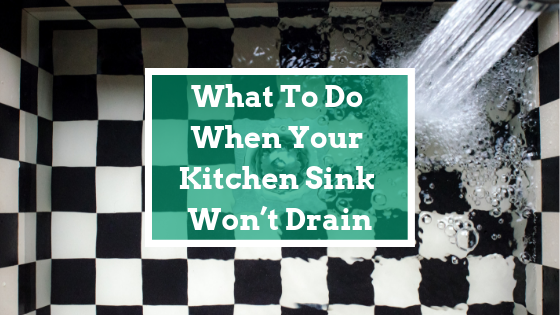
The Frustration of a Clogged Kitchen Sink
 One of the most common and frustrating plumbing issues that homeowners face is a kitchen sink that won't drain. You may have tried everything from plunging to using chemical drain cleaners, but the water still won't go down. The first thought that comes to mind is that there must be a clog somewhere in the pipes, but what if there isn't? This article will discuss the possible reasons why your kitchen sink won't drain and provide solutions for each issue.
One of the most common and frustrating plumbing issues that homeowners face is a kitchen sink that won't drain. You may have tried everything from plunging to using chemical drain cleaners, but the water still won't go down. The first thought that comes to mind is that there must be a clog somewhere in the pipes, but what if there isn't? This article will discuss the possible reasons why your kitchen sink won't drain and provide solutions for each issue.
No Clog Detected: What to Check Next
 If you've ruled out a clog as the cause of your kitchen sink not draining, there are a few other potential culprits to consider. First, check the garbage disposal. Many kitchen sinks have a garbage disposal that can become clogged or jammed, preventing water from draining properly. If you hear a humming sound when you turn on the disposal, that is a sign that something is stuck and needs to be cleared.
The next thing to check is the sink's P-trap. This is the curved piece of pipe underneath the sink that is designed to catch debris and prevent it from going down the drain. Over time, this trap can become clogged with food particles and grease, causing water to back up. You can try removing and cleaning the trap, or if it's damaged, it may need to be replaced.
Another common issue that can cause a kitchen sink to not drain is a blocked vent pipe. Every plumbing system has a vent pipe that allows air to escape and keep the water flowing smoothly. If this vent pipe becomes blocked, it can cause suction and prevent water from draining properly. This is a more complicated issue that may require the help of a professional plumber.
If you've ruled out a clog as the cause of your kitchen sink not draining, there are a few other potential culprits to consider. First, check the garbage disposal. Many kitchen sinks have a garbage disposal that can become clogged or jammed, preventing water from draining properly. If you hear a humming sound when you turn on the disposal, that is a sign that something is stuck and needs to be cleared.
The next thing to check is the sink's P-trap. This is the curved piece of pipe underneath the sink that is designed to catch debris and prevent it from going down the drain. Over time, this trap can become clogged with food particles and grease, causing water to back up. You can try removing and cleaning the trap, or if it's damaged, it may need to be replaced.
Another common issue that can cause a kitchen sink to not drain is a blocked vent pipe. Every plumbing system has a vent pipe that allows air to escape and keep the water flowing smoothly. If this vent pipe becomes blocked, it can cause suction and prevent water from draining properly. This is a more complicated issue that may require the help of a professional plumber.
Preventing Future Drainage Issues
 Now that you've successfully solved the problem of your kitchen sink not draining, it's important to take preventative measures to avoid future issues. First, be mindful of what you put down your sink. Grease, oil, and fibrous foods can all cause clogs and should be disposed of in the trash instead. Regularly cleaning and maintaining your garbage disposal can also help prevent future clogs.
In addition to being careful about what goes down your kitchen sink, it's also important to schedule regular plumbing maintenance. A professional plumber can inspect your pipes and catch any potential issues before they turn into major problems. They can also clean out any build-up in your pipes, keeping them clear and allowing water to flow freely.
Now that you've successfully solved the problem of your kitchen sink not draining, it's important to take preventative measures to avoid future issues. First, be mindful of what you put down your sink. Grease, oil, and fibrous foods can all cause clogs and should be disposed of in the trash instead. Regularly cleaning and maintaining your garbage disposal can also help prevent future clogs.
In addition to being careful about what goes down your kitchen sink, it's also important to schedule regular plumbing maintenance. A professional plumber can inspect your pipes and catch any potential issues before they turn into major problems. They can also clean out any build-up in your pipes, keeping them clear and allowing water to flow freely.
In Conclusion
 While a clogged kitchen sink is a common and frustrating issue, it's not always the cause of water not draining. By checking the garbage disposal, P-trap, and vent pipe, you can often solve the problem without the need for a plumber. However, if you're unable to find the cause or the issue persists, it's best to seek the help of a professional. With regular maintenance and proper care, you can prevent future drainage issues and keep your kitchen sink functioning properly.
While a clogged kitchen sink is a common and frustrating issue, it's not always the cause of water not draining. By checking the garbage disposal, P-trap, and vent pipe, you can often solve the problem without the need for a plumber. However, if you're unable to find the cause or the issue persists, it's best to seek the help of a professional. With regular maintenance and proper care, you can prevent future drainage issues and keep your kitchen sink functioning properly.




